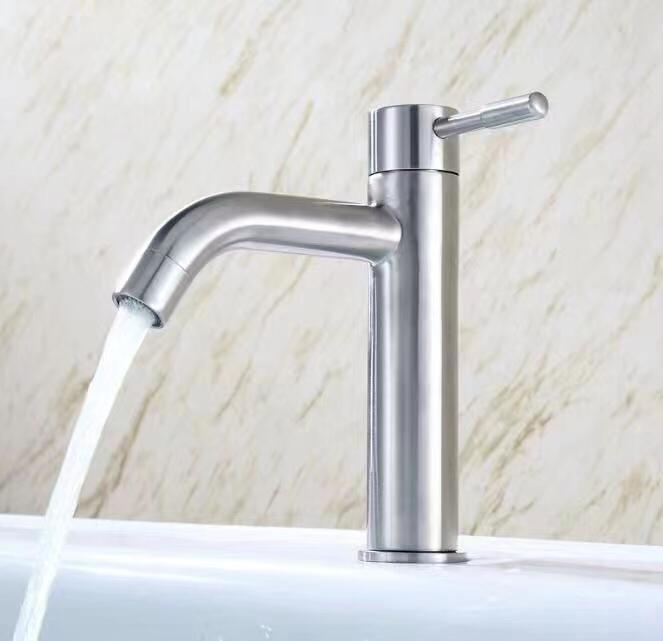Description
If you’re looking for a review of a hand wash tap (also known as a handwashing faucet), it would typically focus on a few key factors such as
1. Design and Aesthetics: Hand wash taps come in various designs, from minimalist modern styles to more classic and traditional looks. The finish (chrome, stainless steel, matte black, etc.) is important for aesthetic purposes and can influence how it fits into the rest of the bathroom or kitchen decor. Taps with sleek, clean lines are often more popular for contemporary spaces.
2. Functionality: A good hand wash tap should offer smooth water flow with easy control. Some taps are single-handle, while others have separate hot and cold controls. Touchless or sensor-based taps are increasingly popular in commercial spaces and high-traffic areas, as they offer more hygiene benefits and convenience.
3. Ease of Use: Handles should be ergonomic, easy to turn, and function smoothly. Sensor taps, in particular, are known for offering ease of use since they eliminate the need for physical contact.
4. Durability: Stainless steel and brass are common materials for taps, and they tend to be long-lasting. Some taps are coated with additional materials to prevent rust or corrosion, especially in high-moisture environments like bathrooms.
5. Water Efficiency: Many modern taps are designed with water-saving features, such as aerators or flow restrictors, which help reduce water usage without compromising water pressure.
6. Price: Hand wash taps come in a wide range of prices, depending on features, materials, and brand reputation. Higher-end models with features like touchless technology, designer finishes, and water-saving mechanisms will cost more.
Overall, a good hand wash tap should be functional, durable, and easy to maintain while blending seamlessly with the overall design of the space.


